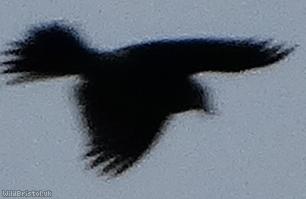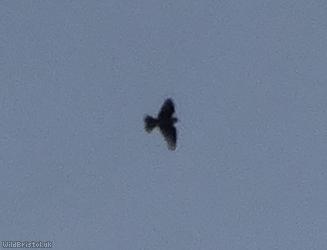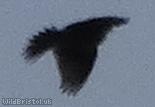Skylark - Alauda arvensis
Favourite Photos
| image | species | author | location | uploaded | taken | select |
|---|---|---|---|---|---|---|
 |
Skylark - Alauda arvensis | dylan | Ashton court | 18 Aug 2021, 12:21 p.m. | 29 May 2021, 7:41 p.m. | |
 |
Skylark - Alauda arvensis | dylan | Ashton court | 18 Aug 2021, 12:21 p.m. | 29 May 2021, 7:40 p.m. | |
 |
Skylark - Alauda arvensis | dylan | Ashton court | 18 Aug 2021, 12:21 p.m. | 29 May 2021, 7:40 p.m. | |
 |
Skylark - Alauda arvensis | dylan | Ashton court | 18 Aug 2021, 12:21 p.m. | 29 May 2021, 7:46 p.m. |
Species Description
Widespread and fairly common throughout the UK but on the red list due to a decline of 60% in the last 40 years. Habitat includes: Places sparse of trees and shrubs with vast open low-growing vegetation such as meadows, grassland, farmland, pasture, limestone / chalk downland, heathland, coast etc. It is renowned for its display flight, flying vertically up in the air and singing its beautiful song (which can last for over 20 minutes) from an extreme height of up to 100 m (At wind farms, males have been found to sing at higher frequencies to compete with the noise). Predators: Gulls, Corvids, Foxes, Badgers, Bird's of prey (Peregrine Falcons, Kestrels, Buzzards). Threats: Habitat loss, changes in farming practises (planting cereals in the Autumn is causing too dense a growth by the following summer; for birds to breed and walk though), grazing animals especially cattle, human disturbance especially so in Highly visited areas. Local to Bristol this problem is even worse! Ashton Court (Bristol's largest Skylark population) where due to the pressures of increasing visitor numbers and dogs! roaming off the lead, the skylark population at the estate has declined in recent years. Diet: Seeds, insects. Measurements: Length = 18 - 19 cm, wingspan = 30 - 36 cm, weight: 33 - 45 g. Lifespan: Up to 10.1 years Population: 1,500,000 territories. Life story: Ground nesting birds. Breeding season starts in late March / early April. Females lays 3 - 5 eggs which she incubates for around 11 days. The chicks are fed by both parents but leave the nest after eight to ten days, well before they can fly. They disperse and hide amongst the vegetation but continue to be fed by the parents until they can fly at 18 to 20 days of age. After 25 days fledglings are completely independent. Females can lay up to 4 broods in one season. Described by Carl Linnaeus in 1758. Other names include: Eurasian Skylark, Sky Lark.